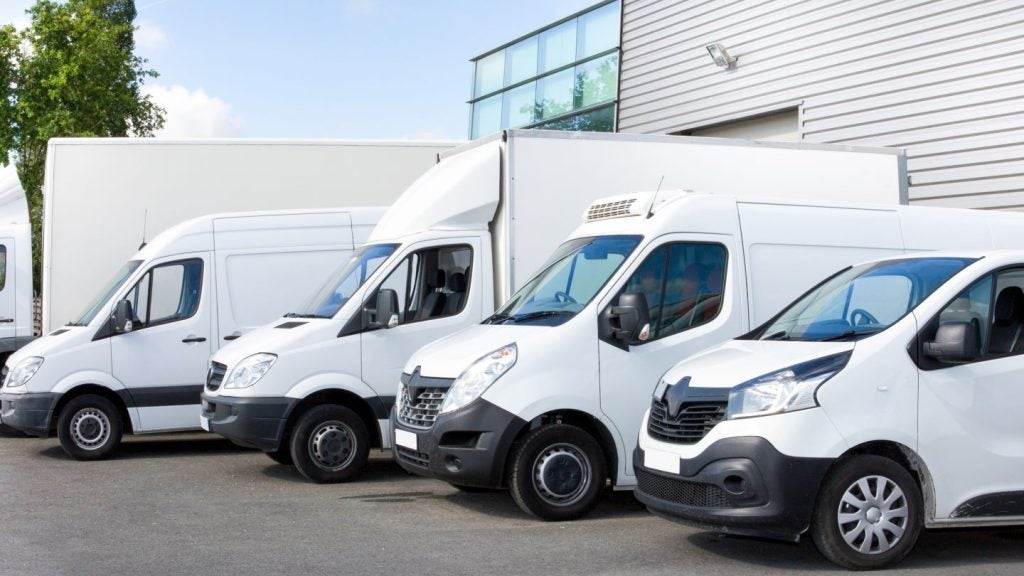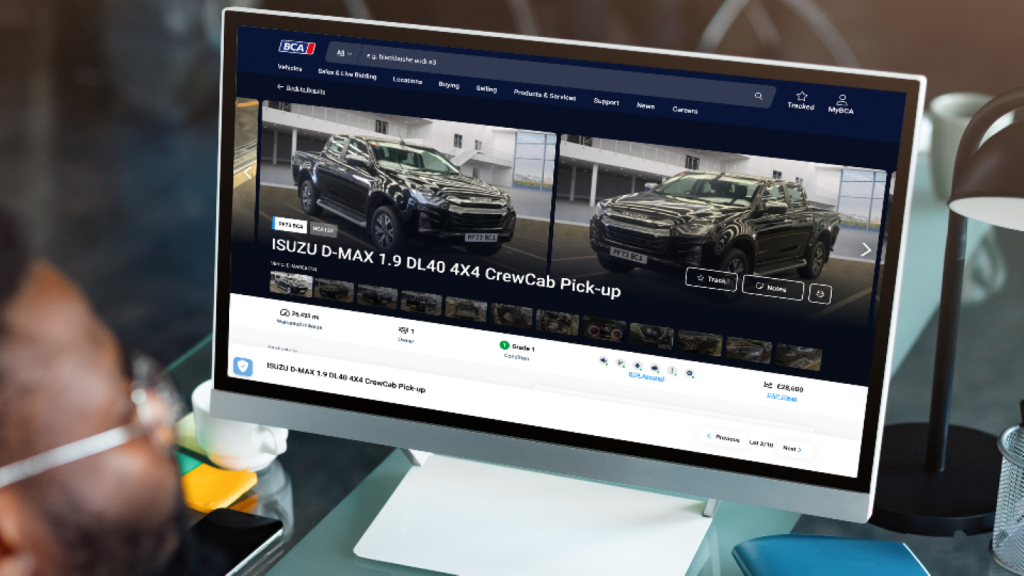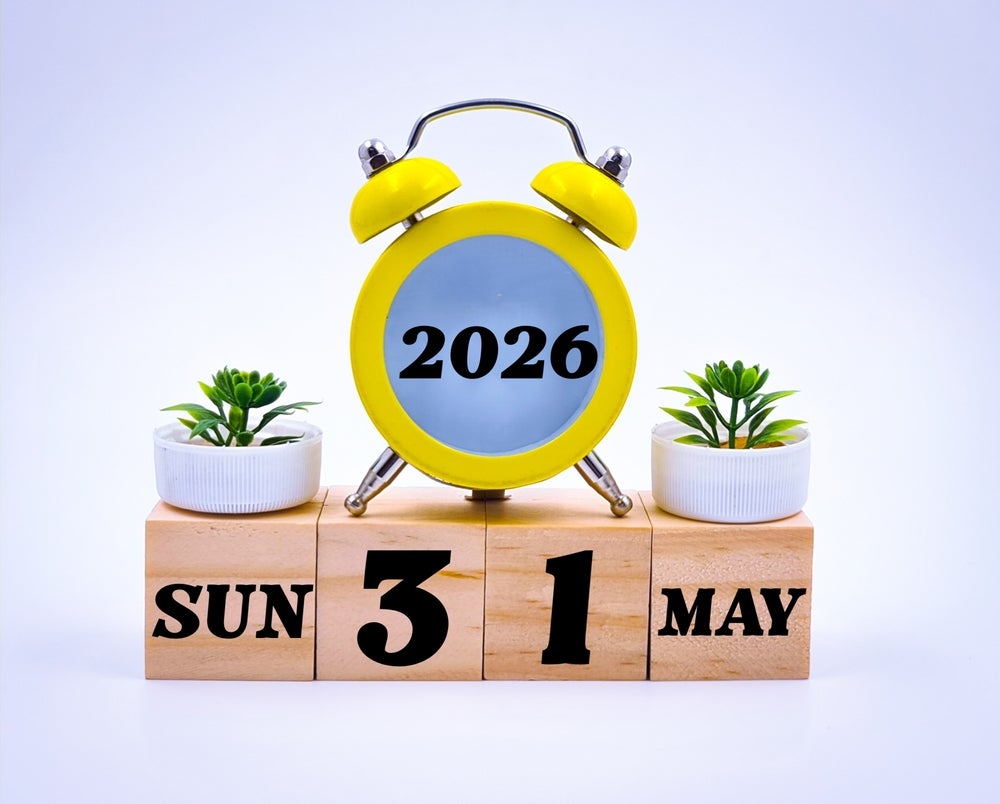The COVID-19 pandemic has forced dramatic changes on every conceivable industry, but as the car finance sector adapts, what lessons can it take forward when this is all over?
The changes brought about by the COVID-19 pandemic have hit hard and fast, and it will be a long time before we fully understand the financial and social impact the crisis has had. However, for many of us, the most immediate impact of the pandemic has been swapping an office for a dining room table or desk at home. While by the end of last year many of us would have baulked at the suggestion, for many the act of switching over itself has been surprisingly smooth.

Access deeper industry intelligence
Experience unmatched clarity with a single platform that combines unique data, AI, and human expertise.
“Some businesses have been through a whirlwind. Volkswagen FS had to restructure a team that had to be in the office hardwired into a mainframe, but within 48 hours they moved that to a solution where people could work from home. Every business needs to be suited to remote working,” explains Karen Hilton, chief commercial officer for heycar UK. “I think people will surprise themselves over how quickly they can adapt to it and how quickly the technology becomes working and functional. We’re in an age where the Cabinet is meeting by Zoom meeting.”
Indeed, in some sectors of the industry the biggest challenges haven’t been practical but instead have been about controlling and countering misinformation about the consequences of the lockdown.
“In business-to-business a lot of the relationships between funders and dealers are already remote, and we’ve seen the move to distance selling and online document signing, so whether we’ve seen a massive shift I’m not sure,” says Chris Penny, franchise brand director for AutoTrader. “On the consumer side, we’re getting a lot of questions from retailers who have actively avoided distance selling. But what we’ve found in our webinars is there’s a lot of myths around how hard it is or how much more power the customer has when you operate on a distance sale. A big myth is they’re keen to deliver vehicles face-to-face because face-to-face they can get them to sign a contract that voids distance sale rights, but that’s not the case. Anything not on-premises is a distant sale whether you’re meeting in person or not.”
On the whole, however, motor finance, like most office-based sectors, has seen a growing if gradual shift in the direction of remote working long before the pandemic appeared on our radars.

US Tariffs are shifting - will you react or anticipate?
Don’t let policy changes catch you off guard. Stay proactive with real-time data and expert analysis.
By GlobalData“We certainly had the capability to do so. We hadn’t gone to the lengths of having a remote working policy in place. In modern management it feels you’ve failed if you need a policy in place but we’re a cloud-based business so when the call came we were one of the lucky ones because we didn’t really have to change anything,” Hilton observes.
“We had all the tools we needed, we just had to utilise them all. With the management team at HeyCar our office is in London, I live in Brighton and I’ve always worked from home every Wednesday. Practically and productivity-wise it’s a day of focused thinking time for long-term or medium-term projects.”
“We describe ourselves as a ‘very small big business’. Even though we’re on the FTSE 100 we only have 800 employees, who are mostly office-based. In terms of my area of the business, we have about 170 staff of which 70-80 are fully remote,” Perry points out.
Necessity is the mother of invention
However, there’s no denying that even if that trend was already there, the COVID-19 pandemic has accelerated it, and there has been a period of adjustment.
“If you look at what’s happened over the last three weeks, everyone felt week one was a bit busy and frantic. By the end of week one everyone was a bit tired because if you’re in a room physically you can see people and read their body language, which is harder in a video conference,” Hilton says.
“As a leadership team in the second week, we took the call to balance the cadence of the business. We kept key meetings in the diary but started to pull some meetings to give people a bit more space. With a business such as ours we’ve got a lot of suppliers we’re working with, so all of those in-person meetings became video conferences and they run a little bit longer. So the one big change is being a bit ruthless with the diary, making sure key meetings stay in place but ensuring there’s that balance of communication and touchpoints.”
As Perry points out, a Crisis can often be valuable in putting a stop to “But we’ve always done it this way” thinking.
“What I think we’ve seen is that until you get some kind of crisis which makes you question how you operate as a business you tend to run in fairly established ways,” Perry admits. “What we’ve also realised is particularly in terms of customer contact and marketing, you start to embrace the solutions that have always been available. There are more efficient ways of working than the ones you have in place. We’ve been more active in slack and Whatsapp. So what I’ve seen happen is communication between all areas of the business has improved rather than gotten worse.”
The Human Connection
Perhaps the biggest surprise of the switchover to remote working in the motor finance sector is that the challenges people are talking most about aren’t to do with technological infrastructure, regulatory adherence or data security, but the human connections between colleagues, business partners and customers.
“First there is the challenge of making time for those water-cooler chats, the ten-minute chat by the coffee machine that spreads good news, triggers a great idea or maintains a connection with a colleague you don’t see day to day,” Hilton says.
Beyond simply “connecting” however, there has also been a surprising emphasis on growing empathy and understanding within the business.
“We have 55 people aged between 21 and 48, with a variety of different homelife situations and we need to get people to understand and empathise that everyone is in a different place,” Hilton says. “There are people are living alone, or who have never spent so much time with their other half, or the parents in the group. Some of the parents are having to remember how difficult long division and trigonometry is or keep a two-year-old entertained. We need everyone to understand we’re all in this together – so we have a rule that if you call and it’s a bad time just call back when it’s a good time.”
This also means appreciating people work differently once they aren’t all obliged to be in the same building between nine and five.
“Different people react to working from home in different ways. We’re learning who are the early birds and who are the night owls,” Hilton tells us. “One of the good things we developed is if you’re a night owl, don’t send an email at 11pm, use the schedule function so it arrives the next day.”
An equally important part of that process is understanding how it extends to furloughed workers, with different tools being applied to each group of employees.
As Perry explains, “There are two areas to consider. You’ve got to think about how you deal with employees remaining in the business, and we’ve placed a number of staff on furlough and you have to deal with those two groups very differently. For revenue-generating or service delivery staff we embraced Microsoft Team for face-to-face contact. We’ve had much heavier use of Slack that we’re finding effective.
“Also in business-to-customer interactions, we’ve really promoted the use of webinars, running three webinars a week to get our messages and updates out. With furloughed staff, the rules are very clear so we’re setting up channels for mental wellbeing and making sure they’re safe and well and have that human connection.”
As we’ve already observed, the foundation for remote working was already there, but as staff seek out those human workplace connections remotely they’re being used in innovative ways.
“We’re fortunate in that we’re set so we had all the tools already, we’re just utilising them more than ever before. We use slack, we’ve always utilised it but in the last couple of weeks, we’ve created more channels to keep the team together and engaged. People are sharing workouts, one of the team is conducting a biweekly aerobics class, people are sharing their DIY!” Hilton says.”
“We’ve had events we run in our offices all the time, such as bake sales. Now we do AutoTrader talks across the business, sharing how they’re working on Microsoft Team sessions. Things like the bake sales and charity work we’ve started doing remotely,” Perry agrees. “So last week we had our Genderbead Man competition for gender diversity where employees were encouraged to take time out to do baking with their family and post what they have on Slack channels.”
Some of these pastimes may even become fixtures when everyone returns to the office.
As Hilton says, “Every week we have a virtual social. Starting at 4pm we’ve done online quizzes, played Pictionary. Traditionally our socials in the office would be a team meeting and getting some beers and pizza, so it’s been nice to vary the socials we offer so we’ll keep that when life returns to normal.”
Lessons for after the lockdown
But while there is no doubt that when the lockdown is over the motor finance sector’s meme game will be greatly improved, the industry will have also learned a lot about communication and new ways of working.
“There’s been plenty of memes and videos but people are getting very good at video conferencing in the last few weeks. We launched our Q2 strategy in a Google Hangout. It was recorded, there was a chat so people could ask questions and we got even better feedback than we do during a face-to-face launch,” Hilton says.
There are still constraints to remote meeting that have to be accounted for, however.
“We’re not an email heavy organisation, so the one change is we had to be a bit more prescriptive in Q2,” admits Hilton. “Normally we’d lay down challenges and ask for solutions, but we had to be a bit more prescriptive in those solutions because it’s harder to spitball ideas in a video conference than around a whiteboard. So we leant into the strategy a bit more for Q2.”
“The big lesson for everyone is social connection and human interaction will remain important. We’ll have to redefine when it is appropriate and when is not,” Perry says.
Once widespread, well catered for remote working infrastructure is in place, that can have implications for everything from travel costs to your carbon footprint.
“We have a Manchester office and London office and there are times when I’m going down to London for an hour-long meeting. As we embrace new technology we’ll think a lot more carefully about how much can be done remotely, particularly with regard to travel costs and environmental impact. I think we’ll make use of this,” Perry reflects. “I’ve been surprised how much more productive I’ve been able to be. The important thing will be finding that balance between the efficiency of working remotely and creating a social environment where that can happen.”
It’s also clear we’re only at the tip of the iceberg of what the motor finance sector can learn from this experience.
“Even in three weeks we’ve learned loads and I imagine in 10 to 12 weeks we’ll learn even more,” Hilton says. “The launch of the Q2 strategy opened our eyes. As a business still hiring through this period we’ve made strong hires. We interviewed online and onboarded remotely, sending people their mac their phone and hoody delivered with rubber gloves on. But yeah I think the other thing we’re thinking about is we were already looking for our next office. This situation has changed our perspective, instead of thinking ‘By 2021 we want to grow to 120 employees’, we’re thinking ‘Do we need a new office or more remote working and hot-desking?’ It allows us to look at our operating costs as a business.”
The lockdown is even making companies reconsider their marketing and customer engagement.
“Pre-pandemic brands acted and operated like brands. So our big lesson is we shouldn’t underestimate how much people like to deal with people. If we learn anything from a marketing communications and interaction perspective it’s that people do like that human touch,” Perry says. “Things likes signing off emails with an account manager rather than a brand name makes people feel they’re speaking to a person.”
Despite everything we’ve learned through this experience, however, it is worth bearing in mind that people are not working from home because it’s a fad or trend or The Next Big Thing. A meme that’s seen an awful lot of circulation recently is “You’re not working from home, you’re at home trying to work during a crisis”.
“We’re a small team with a variety of age groups all working in a situation we’ve not seen in our lifetime,” Hilton points out. “None of us have seen this level of crisis before, so the other secondary benefit to that is you start to see characters deliver real leadership. The one thing I would say is there’s going to be one hell of a celebration when we all get back together!”







